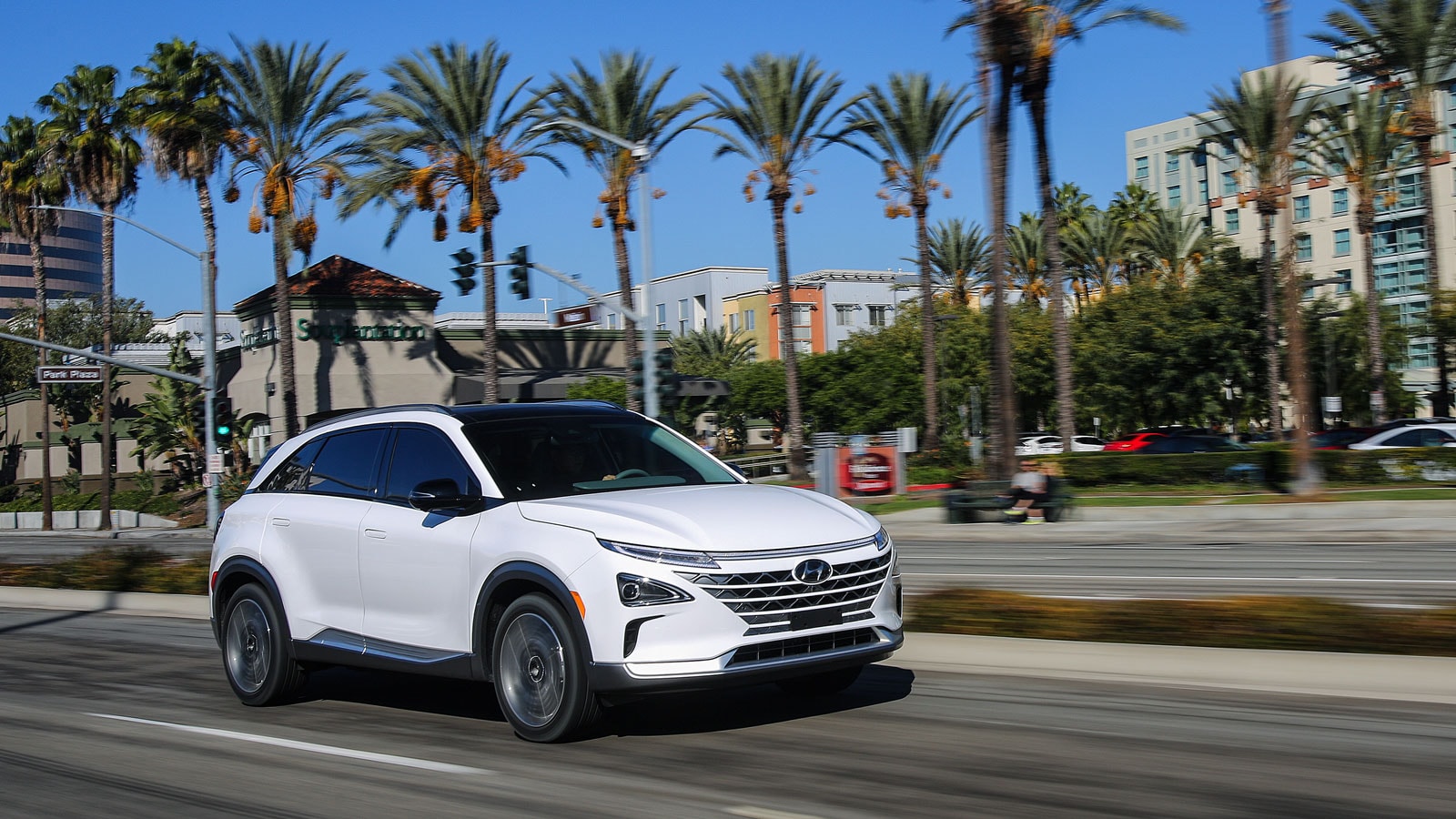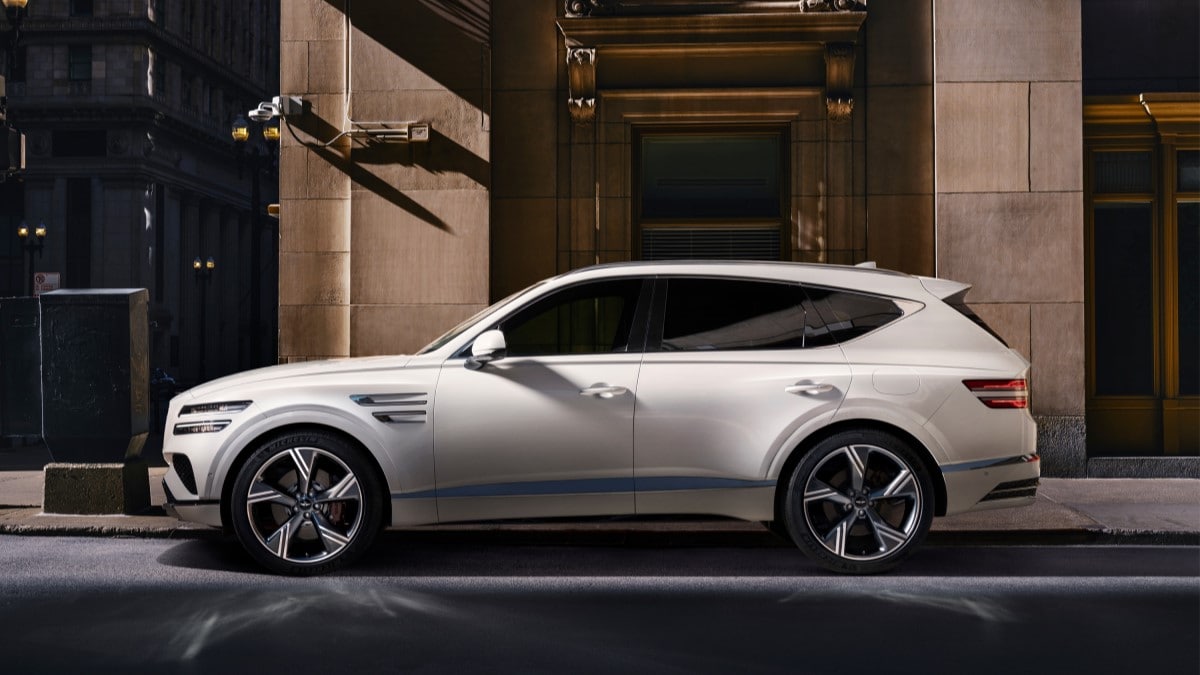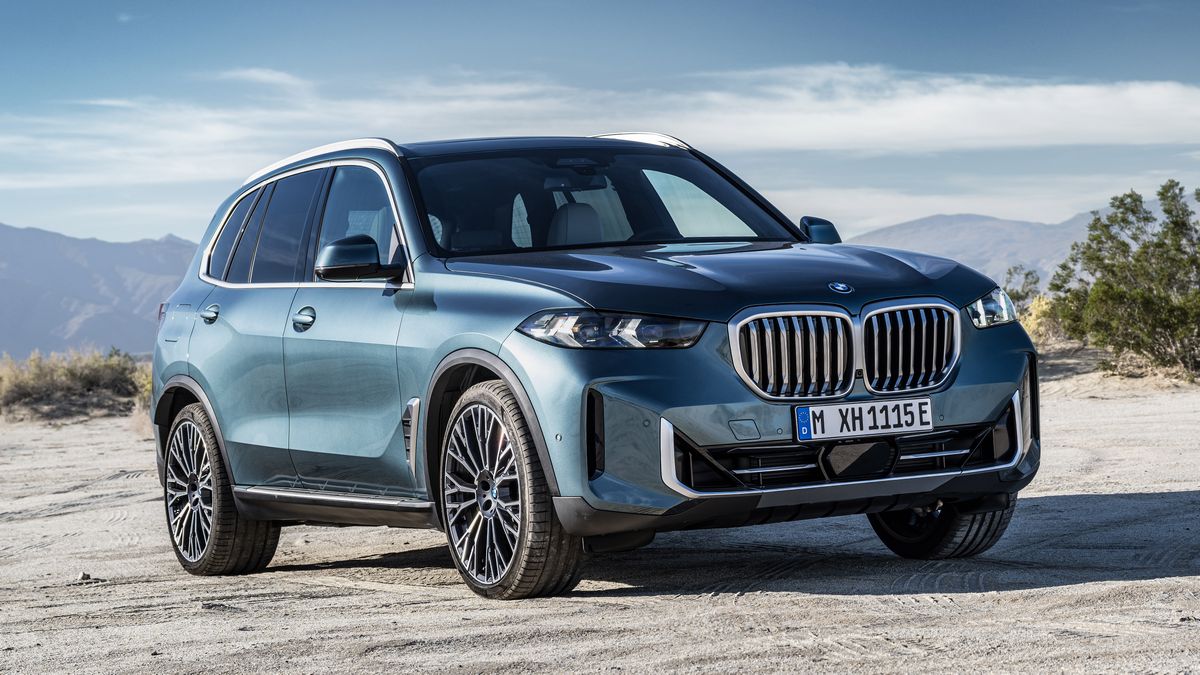With so much attention on electric vehicles (EVs), it’s easy to forget about hydrogen fuel cell cars. The Hyundai Nexo and Toyota Mirai continue to be marketed for sale, though only in California. BMW unveiled its iX5 hydrogen fuel cell SUV, but it’s only a concept for now.
The IIHS gave the 2022 Hyundai Nexo a Top Safety Pick+ rating, its highest safety score. As of this writing, the 2023 Nexo was not yet rated. IIHS did not rate the Toyota Mirai. The National Highway Traffic Safety Administration (NHTSA) did not test either vehicle.
Let’s look at other advantages and disadvantages of these niche alternative fuel vehicles.
Pros
- Zero tailpipe emissions.
- 5-minute refueling time similar to gasoline vehicles.
- Weather affects range less than EVs, with carmakers like BMW saying not at all.
- Instant torque.
- HOV lanes access with DMV Clean Air Vehicle sticker.
- Incentives for purchasing (up to $4,500 in California) and refueling (manufacturers cover refueling costs up to $15,000 for six years, or three years with a lease).
- Good range (Nexo: 380-mile range; Mirai 402-mile range).
- Minimal maintenance needs and solid manufacturer warranties.
Cons
- These vehicles are only available in California.
- Limited infrastructure: As of this writing, 61 hydrogen refueling stations exist in California, mostly in the Los Angeles and San Francisco regions.
- More energy- and labor-intensive to store and transport hydrogen than gasoline or diesel fuel.
- Fuel cells are expensive to replace.
- Safety concerns over hydrogen flammability and electrical shock.
- Maintenance costs remain unclear.
- Potential for high costs to refuel when manufacturer incentives run out.
- The unknown future for these automobiles.
Read Related Articles




